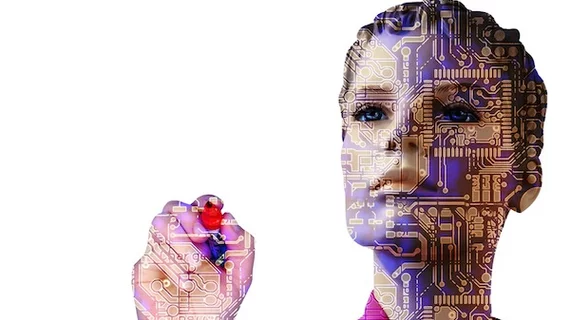Nearly half of FDA cleared AI medical devices have not been validated on patient data
New research into the validation processes of artificial intelligence-enabled medical devices has some experts suggesting that their deployment could potentially “pose risks to patient care.”
The study, which is the product of a collaboration between a team of researchers at the UNC School of Medicine, Duke University, Ally Bank, Oxford University, Colombia University and University of Miami, revealed that many of the AI-enabled medical products approved by the U.S. Food and Drug Administration have not been validated on real patients. The team cautioned that utilizing such tools in medical settings without clinical validation could be putting patients at risk.
“Although AI device manufacturers boast of the credibility of their technology with FDA authorization, clearance does not mean that the devices have been properly evaluated for clinical effectiveness using real patient data,” first author of the study Sammy Chouffani El Fassi, a MD candidate at the UNC School of Medicine and research scholar at Duke Heart Center, said in a release on the findings.
The team published their analysis in Nature Medicine. It contains a thorough overview of more than 500 FDA-cleared AI algorithms (each tailored for use in the medical field) and details on how the products were validated.
They found that approximately 28% of the algorithms had been retrospectively analyzed, with another 28% being prospectively validated. Just 22 of the 521 algorithms were validated using randomized controlled trials—the gold standard for clinical validation. What’s more, 43% did not have publicly available published clinical validation data, and some devices were not validated on human data at all, but rather “phantom images.”
A call for increased credibility
Currently, the FDA’s 2023 draft guidance on the approval process for AI devices does not differentiate between the type of validation the agency recommends manufacturers use.
Although the agency has worked to make improvements regarding AI regulation and updates, the authors of this latest study believe that more needs to be done to promote the public’s trust in the manufacturers developing these products. They suggested that the agency start by clearly distinguishing between the type of processes used to validate AI products in its manufacturer guidelines.
“We shared our findings with directors at the FDA who oversee medical device regulation, and we expect our work will inform their regulatory decision making,” Chouffani El Fassi said. “We also hope that our publication will inspire researchers and universities globally to conduct clinical validation studies on medical AI to improve the safety and effectiveness of these technologies. We’re looking forward to the positive impact this project will have on patient care at a large scale.”
There are currently more than 900 AI medical devices that have received the FDA’s official stamp of approval, with products tailored to radiology accounting for over 70% of the clearances.
The full list of AI medical device clearances can be accessed here.

